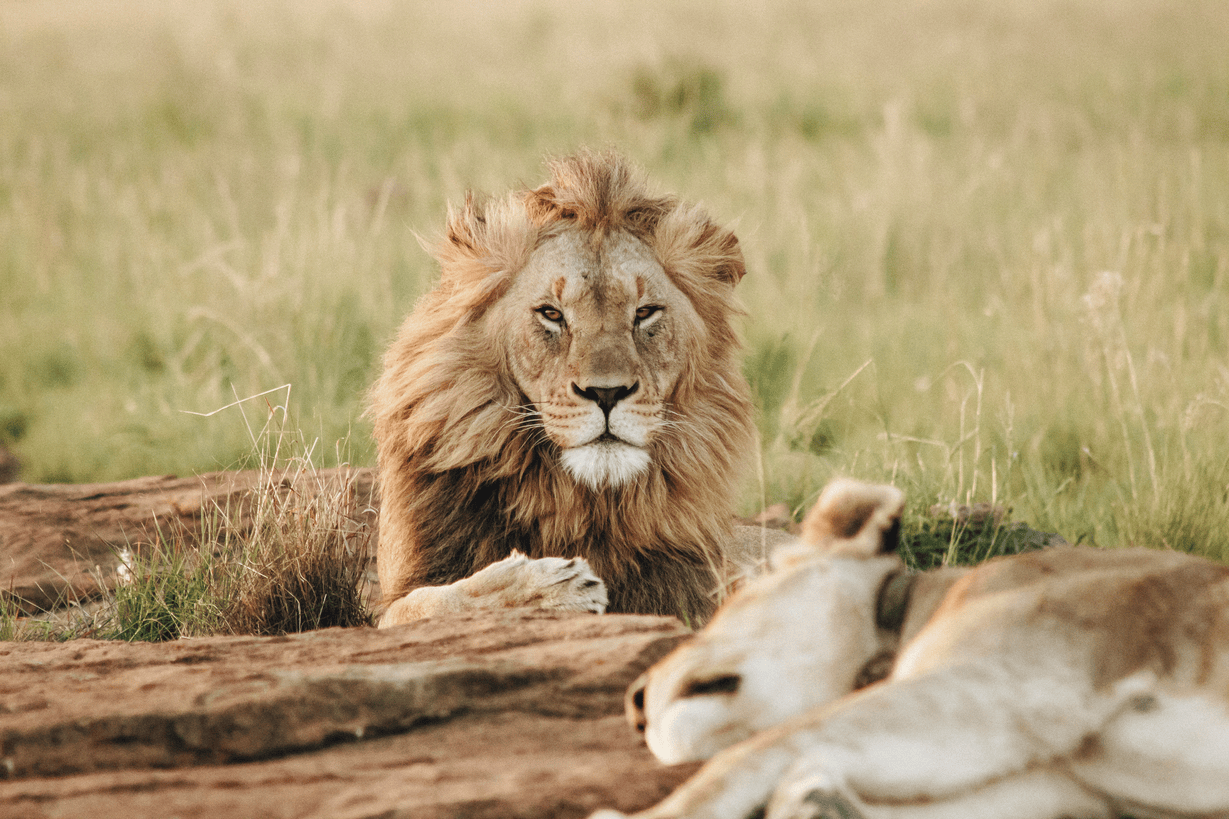
Scroll through our website and you’ll often come across the name African Parks, one of the continent’s most successful conservation organisations. They operate in almost half of our destination countries, including Malawi, Rwanda, Zimbabwe, Zambia and Mozambique.
Founded in 2000 with a radical new approach to rehabilitating precious ecosystems, the non-profit works in public private partnerships with governments that grant them a mandate to take on full management control of their national parks for 20 years or more.
This innovative approach to conservation initially roused suspicions, with critics believing national parks would be heading down a precarious path to privatisation. However, in 2003, the Malawian government, strapped for funding, took the bold decision to work with African Parks on their first project: to rehabilitate Majete Wildlife Reserve, transforming it from an empty, poached-out park to a thriving Big Five destination. That was the start of many success stories.
Following Majete’s achievements, African Parks took on Malawi’s Liwonde National Park and Nkhotakota Wildlife Reserve, in 2015. Over the next two years, in the world’s greatest translocation of its kind, they moved 500 elephants from Liwonde and Majete, where human wildlife conflict was rife, to Nkhotakota. The mission put Malawi on the map as a new safari destination.
And in 2010, African Parks signed up Rwanda’s Akagera National Park. Almost decimated through human encroachment and poaching following the country’s tragic genocide in 1994, it’s now a flourishing home to the magnificent Big Five.
Today, with funding from philanthropic individuals, institutions and governments, African Parks manages 23 reserves in 13 countries covering over 20 million hectares of wild habitat, the largest and most ecologically diverse portfolio of any conservation organisation in Africa. Some reserves, including those in Benin, Central African Republic, and DR Congo, are rarely visited, mired in violent political unrest with inevitable challenges. Tragically, in July 2024, five African Parks rangers were killed by armed militia in Benin’s W National Park.

Regardless of location, support from local communities is critical to African Parks’ success. Many live in poverty, needing tangible benefits from wildlife that go beyond poaching for the pot or for the insidious illegal wildlife trade. To this end, African Parks works closely with its neighbours on health, education and income generation. In 2024 alone, over 70,000 people received healthcare through their initiatives and some 20,000 children visited the parks to learn about conservation. Tourism also contributes, making the parks sustainable while creating much-needed employment for locals.
Looking ahead, African Parks’ ambitious Rhino Rewild initiative will continue apace. In 2023, conservationists were deeply concerned about 2,000 captive white rhinos – 15% of the global population – when their breeding farm was auctioned and not one bid was received. Fortunately, African Parks stepped in, aiming to relocate all the animals within 10 years. They’ve already found homes for 376 rhinos, with many more continent-wide translocations to come.
With climate change and biodiversity loss weighing heavy on the agenda, African Parks’ mission is to manage 30 parks by 2030. In December 2024, they signed a mandate to protect Ethiopia’s Gambella National Park, which shares a border with their Badingilo & Boma national parks in South Sudan. It also shares one of the world’s largest land mammal migrations, with six million antelopes traversing between the two countries. Watch this space for Africa’s next ‘must see’ wildlife phenomenon, protected by African Parks …
Planning a trip to Africa? Speak to one of our Experts for tailored advice, insider tips, and seamless arrangements.





